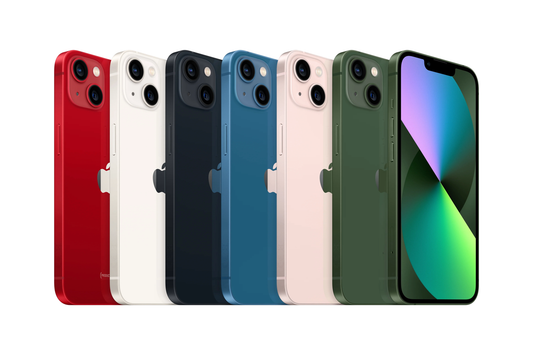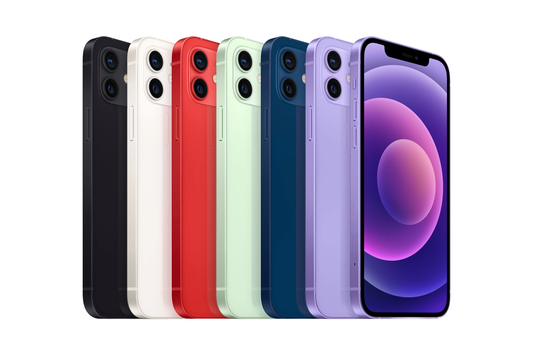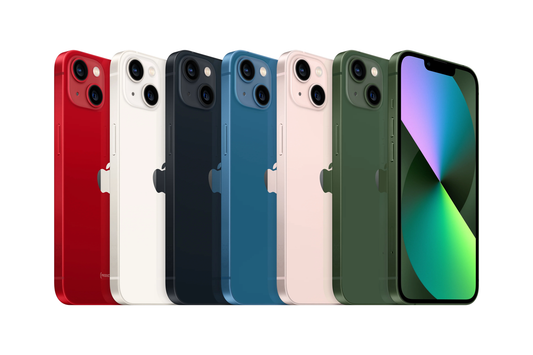Before we start
Gone are the days of a different charger for every phone, or even every device. With the USB type-C standard, almost all of your (newer) tech can charge with the same little plug. Ten years ago it would have seemed impossible that your phone and your laptop could use the same charger, yet today it’s a reality.
Still, you’re probably aware that not all USB type-C chargers are the same, and you may be wondering if it’s safe to charge your iPhone with your MacBook or laptop cable. Here’s everything you need to know.
Short answer: Yes, but…
In brief: yes, it’s generally safe to charge your iPhone with Apple USB type-C chargers, and other compatible, certified chargers.
Your MacBook charger can deliver much higher wattage than your iPhone needs, but the iPhone regulates its own power draw and will only charge at a wattage that’s safe for its hardware.
But if the cable is cheap or sketchy, it’s best to avoid it. Read on to learn more.
Power differences: iPhone vs MacBook chargers
It makes intuitive sense that a little iPhone doesn’t need as much power as a big laptop. Typically, iPhones charge between 5W (watts) and 20W, while a MacBook can draw anywhere from 30W all the way up to 140W – watts measuring how much electricity is drawn per second.
Modern devices, however, use the USB-PD standard, meaning USB Power Delivery. This allows the device and the charging adapter to “negotiate” how much power the device should draw. That way, your iPhone will only draw as much power as it needs, even from a charger that can deliver MacBook-level power.
If you have a very old laptop charger or a non-USB-C charger, it's best to verify compatibility before using it to charge your iPhone. Don’t use multiple layers of adapters to try to get your phone to charge with an incompatible accessory.
Will it damage my battery?
Apple’s charging system is built to protect the battery. Even if you plug into a 60W or 100W adapter, the iPhone only draws up to about 20W, so there's no risk of overloading.
What can cause damage is a cheap, unverified third-party charger or adapter. These often lack overload or short-circuit protection and may deliver unstable or excessive power, leading to overheating, battery wear, or slow or erratic charging.
To keep your battery safe, stick with MFi-certified (Made for iPhone) accessories that meet Apple’s safety standards.
Can it charge my iPhone faster?
Yes – if you’re using a USB-C to Lightning or USB-C to C cable and a USB-C MacBook charger, you can safely fast-charge your iPhone. iPhones that support fast charging (iPhone 8 and later) can draw up to 20W, reaching about 50% battery in 30 minutes with a MacBook charger.
Safety tips
- Use MFi-certified (Made for iPhone) cables. These are tested to meet Apple’s standards for safety and performance. Here's our top pick on Amazon.
- Avoid knockoff chargers. Cheap, non-certified adapters can overheat, deliver unstable power, or damage your battery. Here's our top MFi certified pick on Amazon.
- Charging in very hot or cold conditions can degrade battery health over time.
- Match your cable to your charger. To get fast charging, you need a USB-C charging block or port, and a USB-C to Lightning or USB-C to C cable. Don’t use multiple adapters and dongles to get your phone to charge with an incompatible device.
- Older USB-A cables paired with USB-A ports (like on old laptops) may charge slowly or not deliver enough power to charge the phone at all.
Charging from a laptop’s USB-A port (not a wall adapter)
You can charge your iPhone from a laptop USB-A port, but it’s not ideal. By USB-A, we mean the kind of port you’d generally just call a “USB port” – this discussion doesn’t apply to USB type-C ports on laptops.
Laptop USB-A ports often provide low or inconsistent power, especially on older computers, which usually top out at 5W. Charging will be slow, and if your laptop is running on battery or low power, it may not charge the phone reliably at all.
For faster, more stable charging, stick with a wall adapter or a USB type-C port on your laptop.
Conclusion
Yes, you can safely charge your iPhone with a MacBook charger – as long as you're using a USB-C to Lightning or USB-C to USB-C cable. The iPhone regulates how much power it draws, so there’s no risk of overloading the battery.
For best results, stick with original Apple accessories or high-quality, MFi-certified third-party options for safe, efficient charging.




